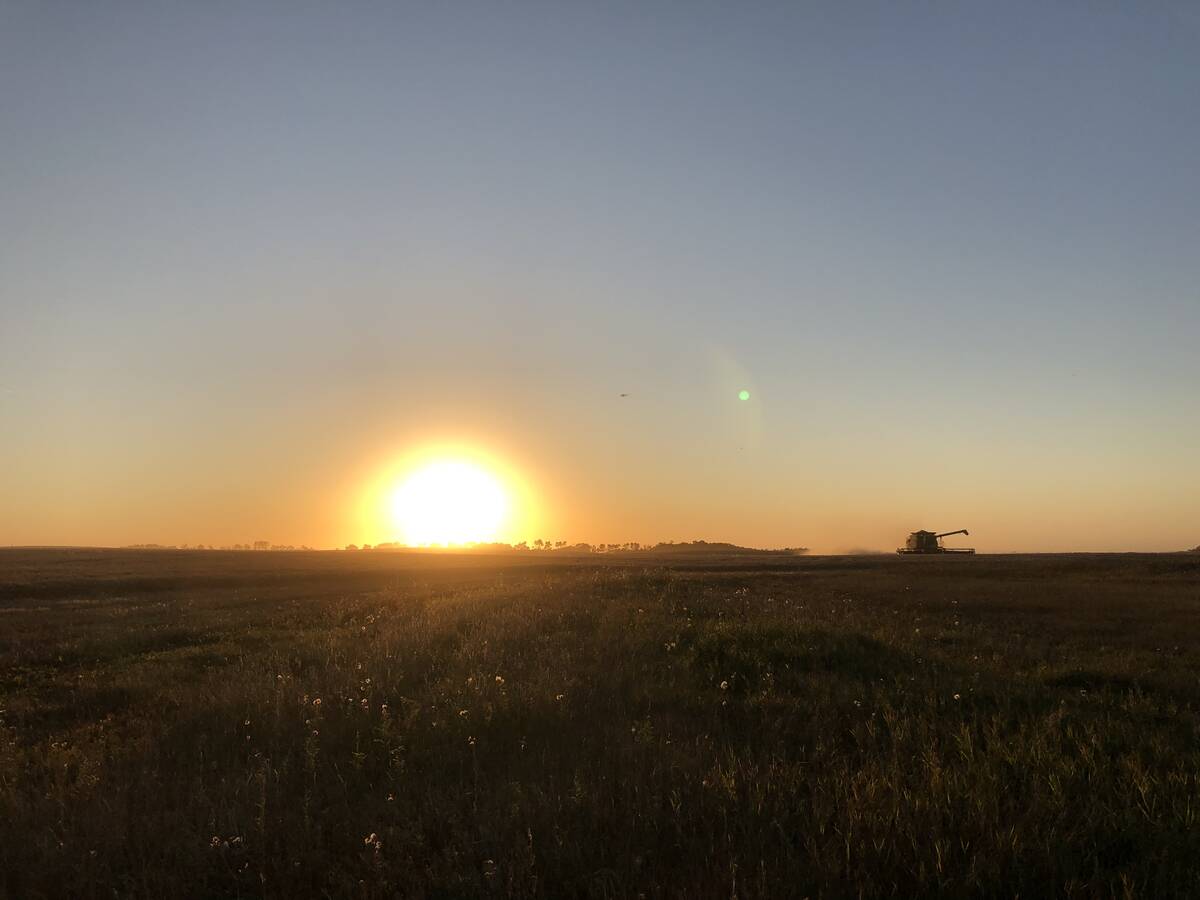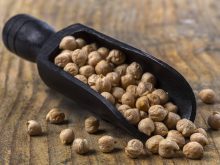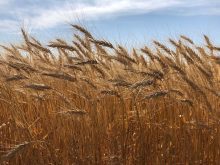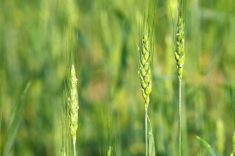(Resource News International) — Producers in the grain-growing regions of Western Canada will have lower-than-normal precipitation levels to work with this spring as they try to seed crops, according to preliminary projections from an industry analyst.
“The short- and longer-term crop models are calling for very little precipitation ahead of the ground freezing up for the winter, very little moisture during the winter and very little precipitation heading into the spring,” said Drew Lerner with Kansas City-based World Weather Inc.
There will certainly be some precipitation but the amounts will be less than normal especially given the El Nino weather event which is strengthening.
Read Also

Record large Canadian wheat and canola crops: Statistics Canada
Canadian wheat and canola production in 2025/26 (Aug/Jul) surpassed early expectations to hit new record highs, according to updated survey-based estimates from Statistics Canada released Dec. 4.
“Based on the models I work with, most of the grain- and oilseed-growing regions of Western Canada will go into the winter with a very poor amount of moisture ahead of the ground freezing,” Lerner said.
Snow cover during the winter was also likely to be lighter than normal, he said.
As spring approaches, he said, crop models were pointing to a fairly dry situation.
A few weather disturbances were expected to hit Alberta, Saskatchewan and Manitoba ahead of the ground freezing up, but the moisture content in those systems was “pretty darn low,” he said.
Lerner forecast that with the disturbances will come some colder temperatures, which could limit the amount of moisture that will be absorbed by the ground.
The crop models indicate temperatures are not necessarily going to get cold and stay cold, and there will be some back-and-forth in those ranges in the near term, Lerner said. “This should let some moisture get back into the ground.”
However, the long-range forecast for the spring was not encouraging in terms of precipitation, Lerner said, noting that the dry situation will present some challenges for producers heading into spring seeding.
“These producers will be looking for moisture, and will be disappointed with what they see,” he said.
The El Nino event will be with us for a long enough period of time to cause some moisture deficit situations, Lerner added. “As a result, producers are going to have to rely on timely rains in the spring to give their crops a good start.”
However, temperatures across much of Western Canada should be warmer than average, he forecast. This was especially true for the western areas of the Prairies, he said.
However, the eastern Prairies will likely see temperatures average a bit closer to normal, with a lot of bouncing around between cold and warm, Lerner said.














